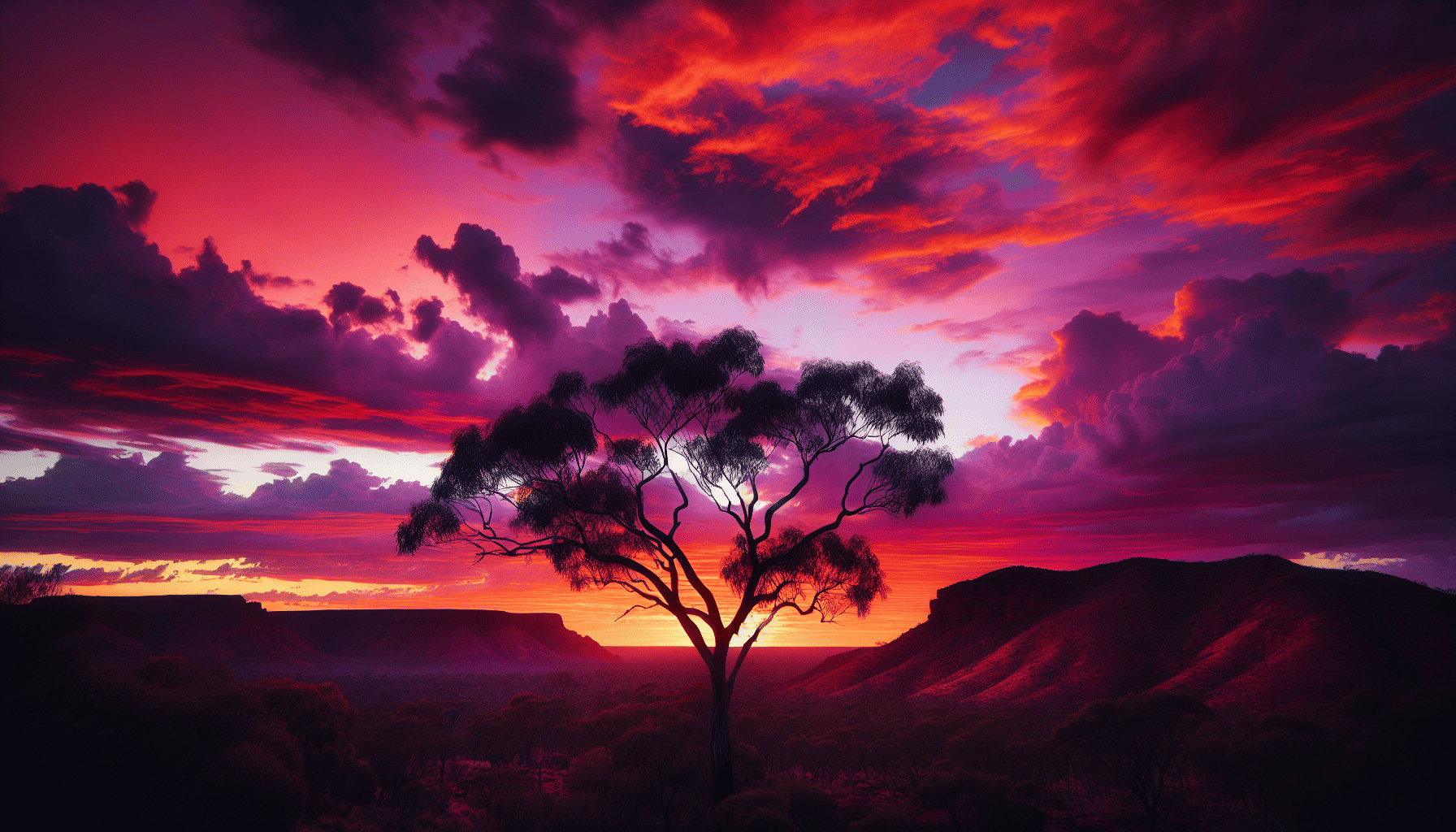Capturing the magic of Australia's Outback requires more than just pointing a camera and clicking the shutter. It involves immersing oneself in the vast landscapes, understanding the interplay of colors, and appreciating the unique textures that make this region so enchanting. Here, we explore several techniques that will help photographers capture the vibrant essence of the Outback, ensuring stunning photographs that truly reflect its character.
1. Embrace the Golden Hours: The soft, warm light during the early morning and late afternoon — known as the "golden hours" — is perfect for capturing the Outback's vibrant colors. The low angle of the sun enhances the rich reds of the soil, the shimmering gold of the grasses, and the deep blues of the sky. This time of day provides natural lighting that emphasizes textures without harsh shadows, allowing for more dynamic and evocative images.
2. Leverage Natural Textures: The Outback is rich with diverse textures, from rugged rocky terrains to smooth, winding riverbeds and unique flora. When photographing landscapes, emphasize these textures by using side lighting, which casts shadows and brings surfaces to life. Close-up shots of elements like cracked earth, weathered rocks, or indigenous plants can capture the intricate details that tell a larger story of this storied landscape.
3. Incorporate Indigenous Elements: Incorporating elements of Indigenous culture and history into your photos not only pays homage to the traditional custodians of the land but also adds depth and richness to your storytelling. Whether it’s capturing ancient rock art, exploring sacred sites, or photographing traditional bush tucker plants, these elements provide a cultural context that enriches the photographic narrative.
4. Use Composition to Guide the Viewer: The vastness of the Outback can be overwhelming, but strong composition helps guide the viewer’s eye through the scene. The rule of thirds, leading lines, and natural framing can all be effectively employed to create a sense of balance and movement within the image. Use natural features like roads, rivers, or ranges to lead the viewer deeper into the photograph, highlighting the enormity and beauty of the landscape.
5. Capture the Dynamic Skies: Open skies are a defining feature of the Outback, with shifting clouds and dramatic colors at sunrise and sunset. Utilize wide-angle lenses to capture expansive scenes and to emphasize the sky's vastness. On clear nights, long exposure techniques reveal the stunning celestial displays of the Southern Hemisphere, from the Milky Way to countless twinkling stars.
6. Adapt to Changing Conditions: The Outback’s weather can be unpredictable. Be prepared to adapt your techniques to different lighting and atmospheric conditions. Dust storms and sudden rains can create dramatic effects, enhancing the mood and texture of your photographs. Always have a protective cover for your gear, and embrace these changing conditions to capture unique, compelling images.
7. Tell a Story with Your Photos: Every photo taken in the Outback should aim to tell a story. Think about what feelings or atmosphere you wish to convey—whether it's the serenity of a sunrise, the isolation of a lone tree against the arid plains, or the cultural stories etched into the landscape. Each image should evoke emotion and give viewers a glimpse into the spirit of this extraordinary environment.
By implementing these techniques, photographers can capture the breathtaking beauty and essence of Australia's Outback. The key lies in harmonizing with the elements, respecting the land's history, and approaching each scene with a sense of wonder and respect. The Outback is more than a location; it’s an experience, and with the right approach, photographers can encapsulate its magic for all to see.
